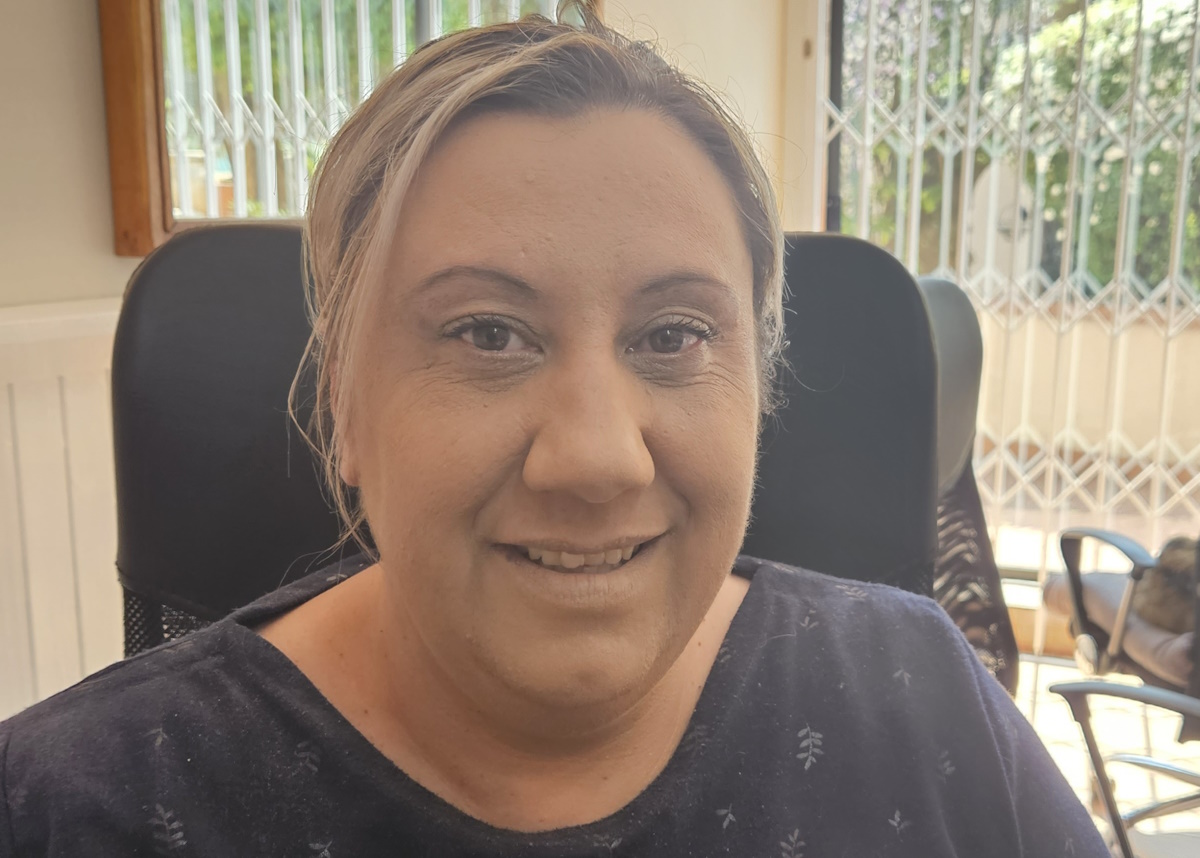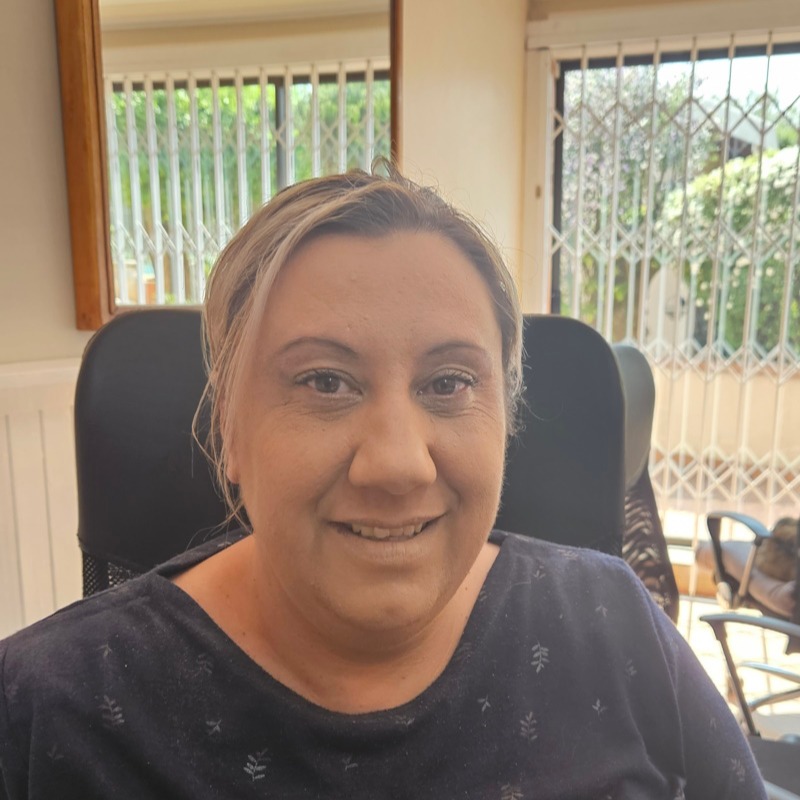How robotics is transforming South African healthcare

In an era where technology is revolutionising industries, South African healthcare is embracing robotics to enhance precision in surgeries, streamline operations, and potentially address the country's healthcare challenges.
But this transformation is not without its complications.
Robotics in healthcare means the use of robotic systems and technology to assist in medical procedures, patient care, hospital operations, treatment and rehabilitation.
The Tygerberg Hospital in Cape Town is utilising robotics such as the DaVinci robot, allowing surgeons to control the robot from a console, in order to perform precise operations, resulting in less blood loss and a quicker recovery time for patients.
In South Africa, the Da Vinci robotic surgical system has already made a significant impact and over 600 minimally invasive surgeries have already been performed.
Groote Schuur Hospital in Cape Town became the first public-sector hospital in Africa to offer robot-assisted surgery with the Da Vinci surgical system.
The DaVinci robot is a state-of-the-art robotic platform. The significance of the Da Vinci robotic surgical system in South African healthcare includes:
- Enhanced Surgical Precision: surgeons are able to perform minimally invasive procedures with exceptional precision. This is due to the system’s 3D view and 360-degree articulation.
- Improved Patient Outcomes: patients benefit from reduced blood loss, less pain, and quicker recovery times, which means shorter hospital stays, also benefiting private medical aids with reduced fees.
- Broader Range of Procedures: the system can be used various specialties such as colorectal, urological and gynecological surgeries.
- Training and Innovation: surgeons and medical students gain hands-on experience with cutting-edge technology.
- Addressing Surgical Backlogs: helps reduce surgical backlogs, a significant issue in many public hospitals. Surgeries can be performed quicker with fewer complications, resulting in more patients being treated in a shorter period of time.
Overall, the Da Vinci robotic system represents a major leap forward in South African healthcare, offering state-of-the-art surgical options that improve patient care and outcomes while fostering innovation and training in the medical field.
However, the use of robotics in South African healthcare has several legal implications and issues such as fault-based liability and strict liability.
South Africa’s current legal regime is not adequate to deal with medical claims arising from the use of robotics or in developing a proper framework for regulating autonomous and adaptive AI-based medical devices.
Fault-based liability means that someone is held responsible for harm caused if it can be proven that they were negligent. Strict liability means a person or entity is help responsible for harm caused regardless of fault or intent.
Under South Africa’s current legal system, patients must prove negligence to claim damages, which may be difficult when advanced technology like robotics is involved.
A new framework could introduce strict liability, holding manufacturers responsible without the need to prove fault.
There is a need for updated regulations to regulate the use of robotics, ensuring they meet the safety and efficacy standards. In order to determine liability in cases where robotics causes harm and damages can be complex.
South Africa’s current fault-based liability framework is not adequate. Consideration should be given to develop a statutory scheme for strict liability and mandatory insurance for technology developers and manufacturers.
There is also a need to ensure that robotics is used ethically and transparently, that it does not infringe on patients’ rights and promotes equitable access to healthcare.
The benefits of robotics in South African healthcare are limitless. Recently, researchers from Harvard University’s Wyss Institute developed a method to 3D-print a functional component of the human heart, which allows the creation of functional long cardiac macrofilaments that develop into muscle-like filaments that can contract.
While South African hospitals may not currently 3D-print organs, such advancements have the potential to revolutionize organ donation and transplantation, potentially alleviating local shortages and saving lives.
The project’s senior author said that “Being able to effectively mimic the alignment of the heart’s contractile system across its entire hierarchy from individual cells to thicker cardiac tissue composed of multiple layers is central to generating functional heart tissue for replacement therapy”.
Although there is still much work to be done in order to create a fully functional 3D-printed heart, this is a significant development.
By using robotics to create fully functional organs will address the issue of organ shortages which rely on donors, reduce waiting times for a suitable donor, organs can be customised to match the patients’ needs, reducing the risk of rejection and improving success rates, organs can be used for testing.
While the use of robotics is costly, overtime, it could become more cost-effective, becoming more accessible to a broader population.
However, there are concerns on whether robotics is accessible to all patients or only to those who are able to afford them, whether patients fully understand not only the benefits, but also the risks and whether there are any alternative procedures, the impact of the loss of human touch and empathy in healthcare, determining who is responsible when robotics fails, and the continuous need for ongoing training.
In South Africa, the high cost of robotic surgeries, such as those performed by the Da Vinci robot, restricts their availability mainly to private hospitals. This situation raises concerns about fairness in a healthcare system that already experiences significant disparities.
As South Africa integrates robotics into its healthcare system, collaboration among policymakers, healthcare providers, and innovators is crucial to ensure these technologies benefit all citizens.
Despite the legal and ethical challenges ahead, the potential to transform healthcare delivery is vast, promising a future that is more efficient, precise, and equitable.
References:
The robots and AI technologies advancing South African health care – MyBroadband.
Scientists create functional 3D-printed heart component – MyBroadband
